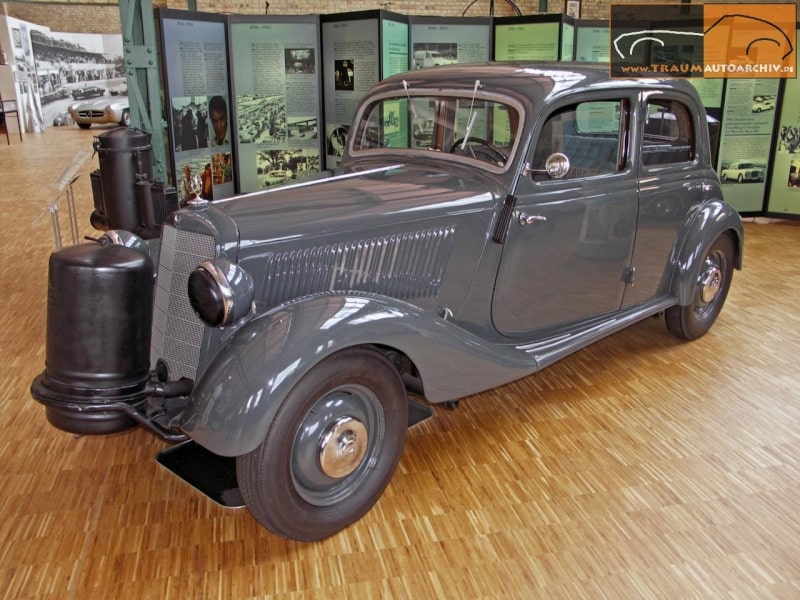Gasifier History
Gasifier Origins
Gasifier history can be dated back far earlier than usually stated. In 1609, the Belgian chemist Jan Baptista Van Helmon found that gas was produced from heating wood and coal. Sixty years later in 1669 Thomas Shirley conducted experiments with carburetted hydrogen and thirty years on John Clayton obtained coal gas from pyrolitic experiments.
First Gasifier Patent
The first patents with regard to gasification were issued for Robert Gardner and John Barber in the year 1788 and 1791. Robert Gardner suggested application of waste heat of furnaces to raise steam by combusting the heated products in a boiler. John Barber’s patent mentioned the use of producer gas to drive an internal combustion engine. However, the first confirmed use of producer gas from coal was reported in 1792. In this year Murdock generated gas from coal and used it to light a room in his house. For many years, after Murdock’s development, coal gas was one of the principal fuels for lighting purposes in England. Its use declined in favour of electricity but the use of producer gas still continued and became increasingly important for cooking and heating.
Experimental Gasifiers
Experiments to gasify wood or at least use the gases obtained from charring of wood started surprisingly early in the year 1798, when Lebon tried to gasify wood and make gas out of it. In 1801 Lampadius proved the possibility of using waste gas by reaction of water with a hot carbon bed was mentioned by Fourcroy in 1804. It took five more years before it was realized by Aubertot that the stack gases of blast furnaces can be combusted and used to roast ore and burn lime. He received a patent for this process in the year 1812.
The first gas producer built used oil as a fuel and the patent was given to J. Taylor in 1815 who designed and operated the unit. Between the years 1815 and 1839 many patents were issued for utilization of waste heat and stack gas from blast furnaces. However, the first commercially used gas producer can be attributed to Bischof who built a large unit at the iron works of Audincourt, France in 1840.
During the next 10 years many researchers and engineers tried to improve the technology. They already used low grade fuel and combusted the gases in gas fired furnaces. The real breakthrough came in 1861 with the Siemens gas producer which is considered to be the first successful commercial unit.
Before the turn of the 19th century there are three more important events to mention. Firstly, the introduction of the Dowson gas producer in 1878 which was the starting point of the modern gas producer – engine system. This was the first producer that was successfully used for stationary power engines. Second, the introduction of the Mond by product process on a large scale in 1889. And third, the introduction of the Bernier suction gas producer in 1895, which was the beginning of the use of gas producers in small, compact units. The Mond by product process proved for the first time that other valuable products such as ammonia could be obtained via gasification. The residual gas from this process was low in heating value but still could be used for industrial heating purposes. This process was also adapted to gasify high volatile fuels such as peat and brown coal and several plants were in operation in Japan, the United States and Europe.
As far back as 1819 a portable gas producing apparatus comprising of a gas producer and gas vacuum engine were patented in England. No record can be found that it ever was fitted on a vehicle.
The task to actually operate a passenger vehicle with producer gas for the first time ever must therefore be credited to J.W. Parker who covered over 1,000 miles with his 2 and half and 25 horsepower automotive gas producers in Scotland during 1901 to 1905. It is interesting to note that the inadequate protection Bernier got for his patented gas producer engine system permitted other enterprising engineers with the opportunity of getting something for nothing. Many competing designs were put on the market in increasing numbers for the next 15 years. One such make is the Brush Koela plant designed for import to India and other developing countries. The name Koela is the Indian name for charcoal. The oil engines used during this time period were actually replaced by producer gas engines. Some companies in England did a brisk business selling producer engine sets to generate electricity throughout the country for lighting mansions.
The necessity to stay ahead of competitors lead some companies to utilization of the waste heat and carbon dioxide generated in the process. However, these early attempts of co-generation were not very successful, although the general ideas behind it are no different from today’s principles of co-generation.”
From: State of the Art Report For Small Scale (to 50kW) Gas Producer – Engine Systems, 1981, A. Kaupp and J.R. Goss Department of Agriculture Engineering University of California. The full paper is avaliable for download in the Academic Paper section.
If you are interested in following or researching the history there are a number of old books for download in the Gasifier Books pre-1920s section.
World War II Fuel Shortages
Gasifier history – Over a million gasifier powered vehicles are said to have been produced just before and throughout WWII. Fuel shortages were the driver and we have a whole section of this web site showing some of the designs and images of vehicles fitted with gasifiers and charcoal burners.

